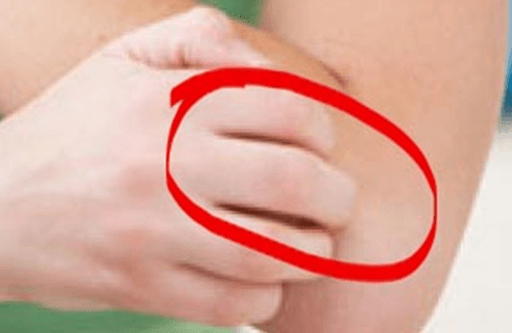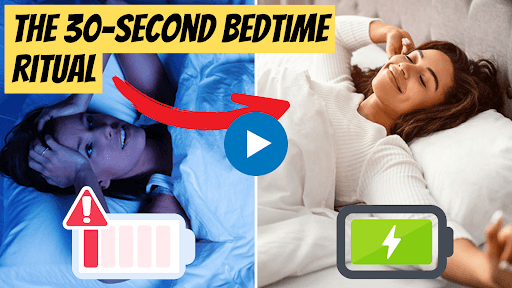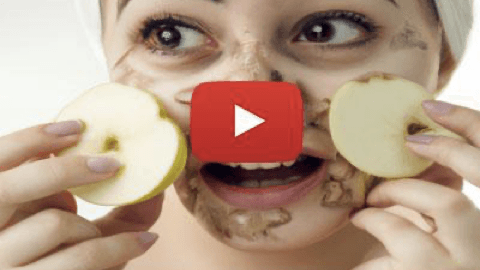How To Get Rid Of Bunion Pain! [Top 10 Home Treatments]
Bunion pain is a common source of discomfort for many individuals. While it is often associated with a noticeable toe joint protrusion, the underlying culprits of pain often include inflammation and strain on ligaments and tendons rather than the bump itself.
- Bunion pain often stems from inflamed, overworked tissues.
- Improper foot mechanics may exacerbate big toe pain.
Before embarking on treatment, obtaining a proper diagnosis using X-ray and ultrasound is imperative. These tools can identify whether arthritic conditions or potential ligament inflammations are present, especially highlighting conditions like hallux rigidus.
Shockwave therapy and laser therapy emerge as powerful methods for tackling difficult sagas of bunion pain. Shockwave therapy vibrates and eases soft tissue constraints, while Class 4 laser therapy utilizes red light to alleviate pain and increase joint movement.
Proper foot hygiene can prevent common issues such as thick calluses or corns, which might contribute to pressure pain. Maintaining a healthy weight is critical, as excess body weight places undue stress on foot joints, possibly leading to or worsening bunions.
“Weight and weak muscles together contribute significantly to bunion pain.”
The right footwear serves as a critical non-surgical solution. Shoes should feature ample room, soft mesh, and supportive insoles. Brands like OrthoFeet and Brooks offer options tailored to mitigate bunion pain.
- Opt for breathable shoes to avoid big toe joint stress.
- Consider using insoles to support alignment.
For severe cases where non-invasive methods fail, bone or minimally invasive soft tissue procedures might be ideal. However, an exhaustive trial of therapeutic pathways is advisable to ensure surgery is necessary.
- Assess before choosing surgery; start with therapy first.
- Superior orthopedics reduce the need for invasive treatments greatly.
Addressing bunion pain requires an interconnected approach that includes targeted therapy, comprehensive self-care, and high-quality footwear interventions.
To genuinely overcome bunion-related discomfort without extensive surgery, individuals must prioritize these multifaceted strategies.
Through dedication to these data-backed techniques and understanding their body's unique responses, most patients find notably reduced bunion pain and improved mobility.
From Around The Web
Wellness Inbox is a blog & weekly newsletter that curates trending news and products related to health and wellness from around the web. We also gather content from various sources, including leading health professionals, and deliver it directly to you.
Please note that we may receive compensation if you purchase any products featured in our newsletter. Wellness Inbox is not affiliated with, nor does it endorse, any health professionals whose content may appear in our newsletter. The information provided is for general informational purposes only and should not be considered medical advice.
The information provided is not intended to replace professional medical advice, diagnosis, or treatment. All content, including text, graphics, images, and information available is for general informational purposes only. We do not guarantee the accuracy or completeness of any information presented and assume no liability for any errors or omissions. The content is subject to change without notice. We encourage you to verify any information with other reliable sources and consult your physician regarding any medical conditions or treatments.







